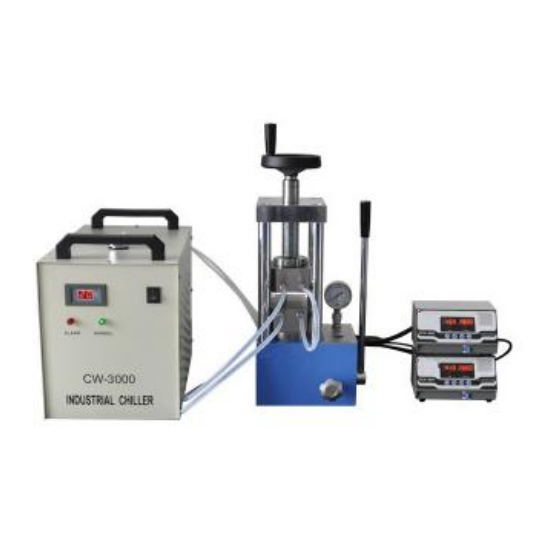Xiamen Tmax Battery Equipments Limited was set up as a manufacturer in 1995, dealing with Laboratory equipments, technology, etc. We have total manufacturing facilities of around 2, 000 square meters and more than 100 staff. Owning a group of experie-nced engineers and staffs, we can bring you not only reliable products and technology, but also excellent services and real value you will expect and enjoy.
Manual Cold Isostatic Pressing (CIP) refers to the process of compacting materials, typically in powder form, using a cold isostatic press where much of the operation and control are performed manually. This contrasts with automated systems that utilize programmable logic controllers (PLCs), humanmachine interfaces (HMIs), or other forms of automation for setting parameters like pressure and time.
Key Aspects of Manual Cold Isostatic Pressing
1. Operation
In manual CIP, operators are responsible for physically loading the material into flexible molds or containers, securing these within the pressure vessel, and manually adjusting the settings on the press to apply hydrostatic pressure.
Operators must closely monitor the pressing cycle, ensuring that the correct pressure is achieved and maintained for the appropriate duration. This might involve manually adjusting valves or using simple control panels to initiate and terminate the pressurization process.
2. Material Encapsulation
Materials are placed inside flexible, airtight containers or molds before being subjected to pressure. These containers are essential for preventing contamination from the liquid medium (usually water or oil) used to transmit pressure and ensure uniform compaction.
The operator ensures that the container is properly sealed and positioned within the pressure vessel.
3. Pressure Application
Hydrostatic pressure is applied uniformly around the encapsulated material through a liquid medium. In manual systems, this often involves filling the pressure vessel with the medium and using manual controls to increase the pressure to the desired level.
The operator monitors gauges or displays to confirm that the correct pressure has been reached and held for the required period.
4. Advantages
CostEffective: Manual presses can be more economical than their automated counterparts, making them suitable for smallscale operations, budgetlimited facilities, or educational institutions.
Flexibility: Allows for adjustments and modifications during the pressing process based on immediate observations and needs, which can be beneficial for experimental work or custom production runs.
Learning Tool: Provides valuable handson experience for students, researchers, or technicians learning about the principles of cold isostatic pressing.
Manual Hydraulic Press
5. Challenges
Operator Dependency: The quality and consistency of the final product heavily depend on the skill and attention of the operator.
Efficiency: Manual processes are generally slower and less efficient compared to automated systems, particularly when dealing with highvolume production.
Safety Considerations: Manual handling of highpressure equipment requires careful adherence to safety protocols to prevent accidents.
6. Applications
Research and Development: Ideal for developing new materials or testing properties under controlled conditions, especially in academic or industrial R&D settings.
SmallScale Production: Suitable for producing prototypes or small batches of components where automation may not be justified.
Educational Use: Used in teaching environments to demonstrate the principles of cold isostatic pressing and allow students to gain practical experience.
Choosing manual cold isostatic pressing equipment depends on your specific requirements, including the types of materials you will be working with, desired pressure ranges, part geometry, and production volume. While manual systems may lack the precision and repeatability of automated alternatives, they offer an accessible entry point into cold isostatic pressing for those with limited budgets or specialized needs. Whether for initial material trials, smallscale manufacturing, or educational purposes, manual CIP systems provide a foundational tool for achieving highdensity, uniform parts without the need for large capital investment.

